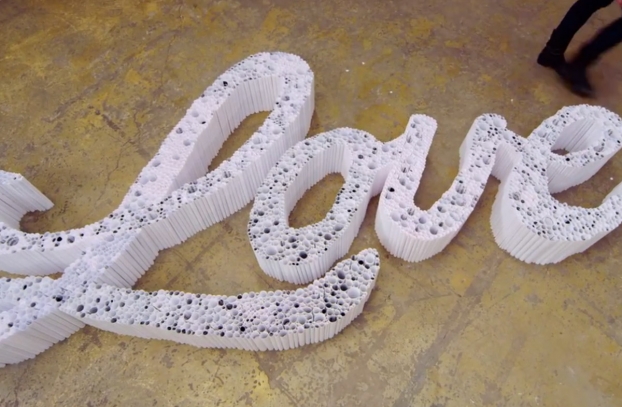Software community Mozilla lost its CEO recently, due to poor PR handling of a red-hot issue, or because said CEO was railroaded for unpopular views. Perhaps both. But, contrast the Mozilla mess with the sugar-coated response by a humble graham cracker to critics of its message about marriage. Each says something about the power of PR-driven “boycotts” and how companies should respond.
Things heated up for Mozilla when news broke that in 2008, cofounder and newly installed CEO Brendan Eich had donated $1,000 to support Prop 8, the controversial measure to ban same-sex marriage in California.
The flames were fanned when dating service OkCupid led a Mozilla boycott, even blocking the browser from its website. (This is ironic, given that OkCupid CEO Sam Yagan donated to at least two congressional candidates opposed to marriage equality.) But there was no love lost once Mozilla’s own employees jumped into the fray, and the controversy culminated in Eich’s resignation, leaving pundits to ponder whether Silicon Valley is enlightened or just hypocritical.
It’s not perfectly equivalent, but consider the example set by Honey Maid, the graham cracker brand, when it was faced with a boycott by opponents of marriage equality. Honey Maid debuted a commercial themed, “This Is Wholesome,” featuring different kinds of families, including – of course – biracial and gay couples and their adorable children. A page from the Cheerios playbook, yes.
Almost immediately, the online comments were toxic. The conservative group One Million Moms (which has considerably less than a million members, as Ellen will tell you) called for Christians to reject Honey Maid, describing the spot as “an attempt to normalize sin.”
Ouch. Now, being on the “correct” (read: inclusive) side of the issue made Honey Maid’s dilemma arguably easier to manage than Mozilla’s. And internet trolls are overlooked more readily than employees or partners. Plus, the brand had to know that it would attract those trolls, based on the Cheerios experience. They were probably prepared.
But any type of boycott brings real risks to brand reputation and possibly to the business itself. Plenty of companies have been caught in the now-familiar “damned if you do, damned if you don’t” cycle of not wanting to anger any constituency. Remember Chick Fil-A’s roasting over its CEO’s views? It probably didn’t hurt the chain’s business; in fact, you could argue it marketed to its core customers, but it was a huge distraction. Or Lowe’s sponsorship of a reality show about American Muslims? The chain pulled its ads when criticized by a fringe group, only to enrage those who saw the move as promoting intolerance.
We live in a boycott culture. Bloggers and journalists are quick to cover controversy. Social media can turn a brushfire into an inferno in an hour.
The lesson here is: stick to your guns, but with a soft touch. Honey Maid’s response to the ugly protests against its ad was wonderful. It basically killed off its critics with kindness, releasing a second spot where two artists arrange all the negative comments, printed on rolled-up paper, into a kind of sculpture that spells out “Love.” The response was all the sweeter because of the old-fashioned, Midwestern flavor of its brand character. (Never mind that it’s part of Mondelez International.)
Honey Maid’s Love Sculpture has garnered millions of free views, lots of water-cooler chat, and buckets of major media coverage, capped off with a New Yorker piece about the brilliance of its marketing response.
Responding to public criticism or the threat of a boycott is never simple, but Honey Maid made it seem almost easy. There’s a lesson here for other brands and businesses. Sometimes, all you need is love.
